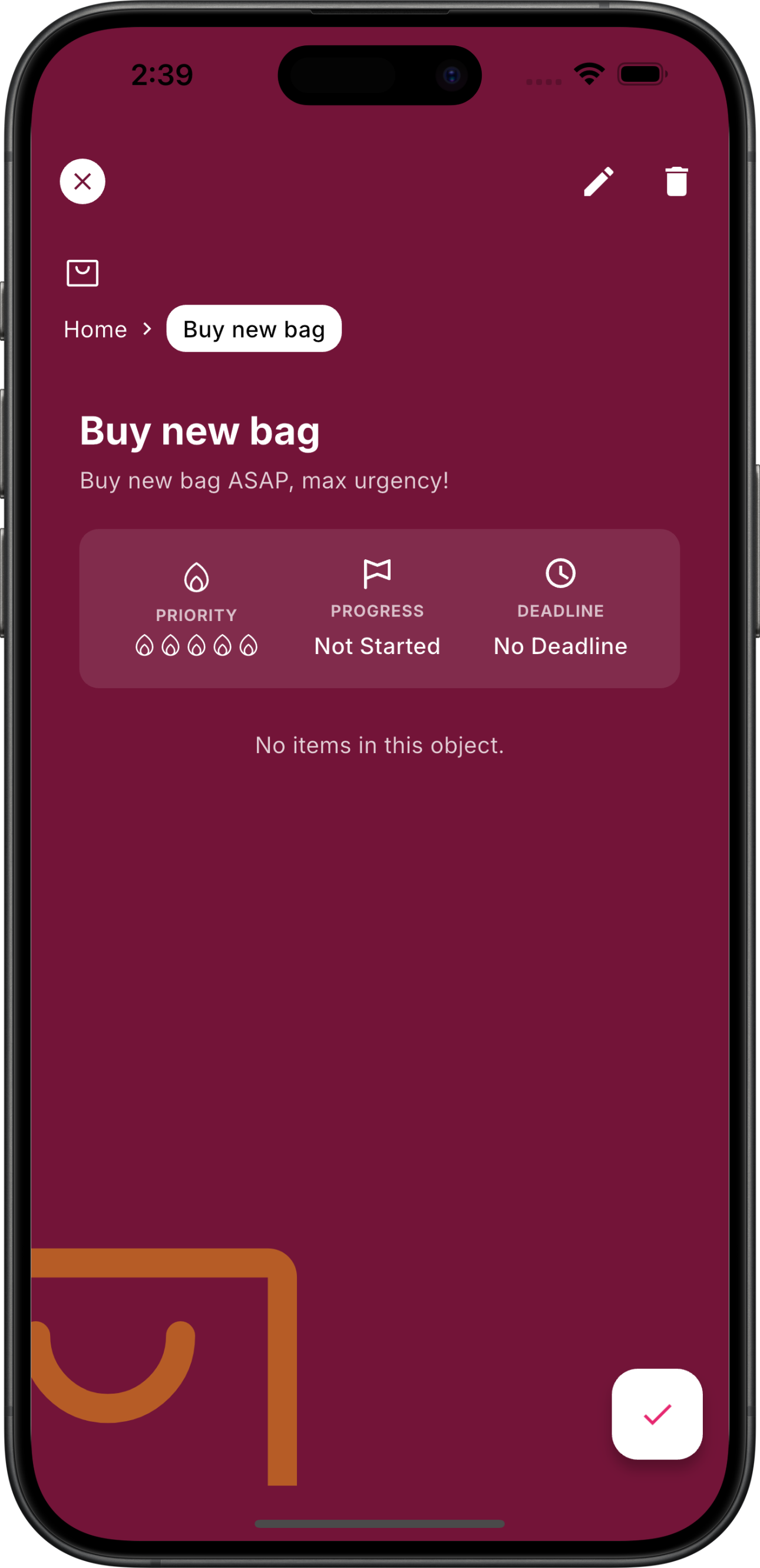Why it matters: AI rollouts stall when teams experience change as something done to them. Deloitte’s 2024 Human Capital Trends report found that 70% of leaders are piloting GenAI, yet only 22% say their people feel ready.[1] A five-day AI change management sprint gives everyone a shared ritual, real prototypes, and clear guardrails.
TL;DR
- Kick off with an empathy session and automation inventory so the sprint tackles real pain, not hypothetical wins.
- Prototype in Chaos using workflow templates, reminders, and experiment review loops.
- Publish a change narrative and decision log so the wider organisation understands the why, not just the launch date.

How does an AI change management sprint build alignment?
A sprint compresses stakeholder interviews, risk mapping, and prototype testing into one shared week. Schedule daily touchpoints in Chaos so feedback loops stay fast. The sprint narrative lives alongside the decision log workflow, meaning leaders and sceptics can replay the context anytime.
McKinsey’s 2024 Global AI Survey found that organisations capturing the most value from AI involve frontline teams early.[2] Translating that into a sprint ensures those voices design the automations.
What steps structure the AI change management sprint?
Use this five-day pattern:
| Day | Focus | Chaos ritual |
|---|---|---|
| Monday | Stakeholder mapping & success metrics | Capture interviews, tag blockers, update agentic KPI scorecard |
| Tuesday | Automation hypothesis workshop | Bundle workflows, assign prototype owners |
| Wednesday | Prototype build & test | Run async reviews with sprint demo storyboard |
| Thursday | Risk & compliance framing | Update compliance roadmap and data hygiene ledger |
| Friday | Commitment & communication | Publish change narrative, share next steps in Chaos Spaces |
Record decisions in the sprint workspace, link them to finances, and broadcast via the client portal blueprint if external stakeholders need visibility.
How do you sustain momentum after the sprint?
Follow through with a 30-60-90 plan. Chaos automations remind owners to report metrics, while the incident warmup workflow keeps risk rehearsals alive. Share weekly TL;DRs in Slack or Teams and archive them in Chaos for future teams.
Key takeaways
- A sprint builds trust because everyone sees their needs reflected in prototypes and risk plans.
- Documenting decisions in Chaos keeps institutional memory intact long after the sprint ends.
- Automated follow-ups prevent the change narrative from fading as normal work resumes.